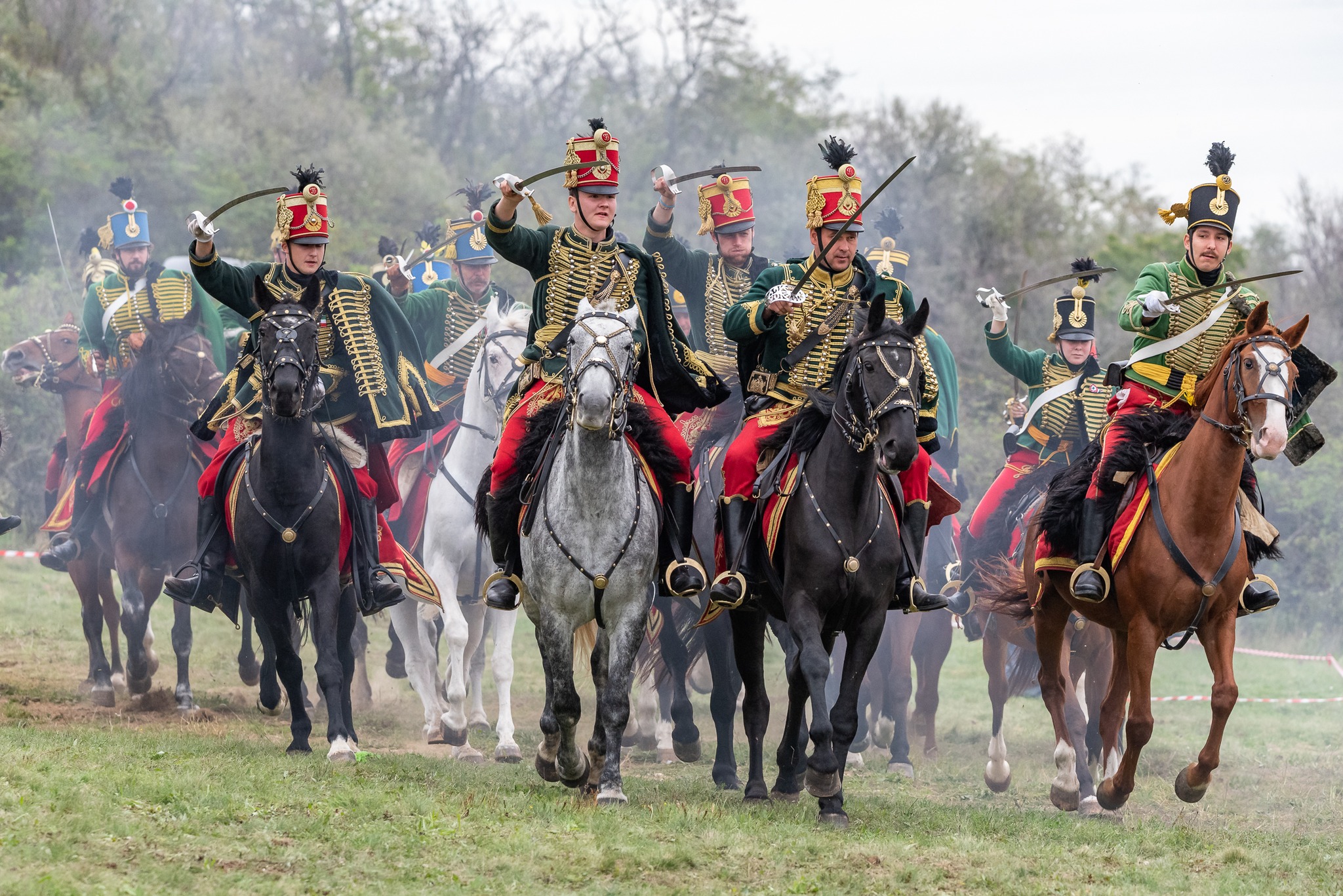by immusic | Nov 30, 2022
Category
rhythmic
Age
12+
Number of participants
8-12
Duration
approx. 30 min.
Working method
group work
Musical abilities of the trainers
1 2 3 4 5 6
Equipment and instruments
- black/whiteboard, papers, crayons
- optional: music player / app to play the song
Competences
- attention
- collaboration
- cooperation
- empathy
- rhythm recognition
Musical Hot Potato
This activity is generally a warming-up exercise, this funny game
is useful as it gives the participants the opportunity
to get to know each other.
AIM
The main goal of this game, designed for making friends, is to introduce the participants to the joy of listening to music and singing together with the help of sharing personal experiences, as well as to give them some knowledge about playing music, understanding and enjoying it.
Description
This activity usually opens the musical sessions. It requires a blackboard or a whiteboard, or carton sheets on which the instructor writes five questions about the students’ music preferences and about the participants. Usually these questions help the participants to learn about each other.
For example:
What is your favourite song?
Do you play any instrument?
What is your favourite band?
What do you like to do in your free time?
Do you have a favourite film music?
The participants sit in a circle, and pass a ball or an egg shaker in a clockwise direction at a steady beat, while the selected music is being played. When the instructor stops the music, the participant who is holding the object has to answer one of the questions on the white/blackboard.
This activity is useful for getting group members to interact with each other at the beginning of a musical session. It can be a singalong activity or music listening session as well.
by immusic | Nov 30, 2022
Category
vocal
instrumental
Age
10+
Number of participants
5-30
Duration
approx. 10 min.
Working method
group work
Musical abilities of the trainers
12 3 4 5 6
Equipment and instruments
- optional: any type of instrument
Competences
- attention
- cooperation
- concentration
- team cohesion
- sense of rhythm
Alphabet Game
A cooperative game that focuses on concentration
and has a strong team-building effect.
AIM
The goal of the game is to increase team cohesion, and to develop concentration and attention in terms of individual competencies in a playful form. The musical development of the game has unlimited possibilities.
Description
The participants stand in a circle.
The letters of the ABC are said one after another in a row, according to the way they are next to each other.
The point is that they keep saying the letters one after the other.
If they make a mistake, it’s game over, i.e. it starts over.
The game is constantly accelerating in tempo.
Level up!
As in the hocetus game, a well-known melody is played in a circle by syllables. It is also possible to increase the level with musical instruments, also by breaking them down into notes.
by immusic | Nov 30, 2022
Category
vocal
Age
12+
Number of participants
8-12
Duration
approx. 25 min.
Working method
group work
Musical abilities of the trainers
1 2 3 4 5 6
Equipment and instruments
- black/whiteboard, papers, crayons
- optional: music player / app
to play the song
Competences
- collaboration
- attention
- concentration
- movement coordination
- sence of rhythm
Feel the Music
This activity is generally a warming-up exercise, it gives
the participants the opportunity to get to know each other.
AIM
In addition to the participants’ steady beat, this task is suitable for the development of many competencies through improvisation and quick, yet accurate reaction. It helps to develop musical skills and competencies, i.e. sence of rhythm, concentration, patience, and assistance to practising impovisative chamber music.
Description
- The instructor plays a song to the group and asks them to concentrate on its characteristics.
- As the music is played, allow participants to walk up to the black/whiteboard and write one word that describes what they are listening to. After some minutes, a lot of words will be on the board.
- The next step is to ask the participants to group the words into categories. Select the words that relate to instrumentation, rhythm, genre, tempo, timbre, melody, lyrics or the mood.
- Each aspect can be discussed with the participants to help them learn more about music appreciation.
If we choose a popular melody, we can sing along with the recording at the end, or we can improvise a rhythm to it with instruments.
by immusic | Nov 30, 2022
Category
vocal
rhythmic
Age
12+
Number of participants
10-20
Duration
approx. 30 min.
Working method
group work
Musical abilities of the trainers
1 2 34 5 6
Equipment and instruments
- music player / app to play the song
- coloured newspaper pages
Competences
- movement coordination
- common singing
- sense of rhythm
- attention
- cooperation
- team cohesion
Sing and Move
Music game to improve focusing skills
and playful learning about the EU.
AIM
With this game, we can promote the development of the participants’ sense of rhythm and movement coordination, and at the same time develop competencies such as mutual attention and cooperation. Singing together not only stimulates the musical memory, but the learning memory in general.
This exercise also gives participants the opportunity to listen to a symphony orchestra playing classical music (Beethoven: Symphony No. 9) while singing the familiar melody with them. It provides an opportunity to discuss general information about the EU.
Description
- Preparation: Collect colored newspaper sheets that can be used to make balls (the size of a tennis ball).
- First step is for the participants to grab a sheet of newspaper and create a small ball out of it by squeezing (the tighter folded the better).
- After that the participants form a circle and everybody puts the newspaper balls in front of them for now. The participants in the circle hold each other’s hands. The facilitator counts 1-2-1-2 at a steady pace and shows what to do next: everybody has to step left and right in a 2/4 pace.
- Next play is to go round the circle and one by one everybody says EU member country, or villages, places etc while keeping tempo and steady beat.
- When everyone got comfortable with the steps all participants have to put the ball from their right hands to the left hand of the participant on their right – following the beat as facilitator counts. Group practice this exercise.
- When the group is ready to pass the balls, it is possible to combine the delivery of the balls with the steps: pass the ball from the right hand to the left hand of the next member (beat 1), move the ball from the left hand to the right hand (beat 2).
- You can take a short break and after that the facilitator starts the counting again 1-2-1-2 at a steady tempo, the participants can start the stepping and the facilitator begins to sing the melody (without text, just la-la!). If somebody in the group knows the tune, they can immediately join in and repeat the Ode to Joy until almost the whole team can follow.
- Again, you can take a break while the facilitator can tell this is a famous tune asks if anyone knows who wrote it and what it is famous for? If the group hasn’t heard the melody before, the leader will tell them that it is a large piece of orchestral work that ends with a vocal chant written by a composer named Beethoven, chosen by the Council of Europe as its anthem and used by many occasions and countries in the European Union.
- After the break, the practice of stepping and passing the ball may continue, but now with the singing. Here, the leader prepare to turn on the music player: the next time they finish the song, the facilitator turns on the music – version with the band and chorus. It is important that this is a surprise for the group (not heard before) and that the recording should be heard properly. After listening to the symphony excerpt, the group may request a repeat, even several times.

Comments for facilitators
The leader must be very sure of the melody; counting with strong, loud volume; care must be taken to maintain a steady pulse, which can be achieved if the first step (1) is slightly more pronounced. It is advisable to listen to the orchestra recording several times in advance and use the same tempo.
If the group is having difficulty following the exercise, it may be slower to practice, but before the music enters, practice at that tempo.
by immusic | Nov 30, 2022
Category
vocal
Age
12-25
Number of participants
10-16
Duration
approx. 45 min.
Working method
Musical abilities of the trainers
1 2 3 4 5 6
Equipment and instruments
- music player /app to play the song
Competences
- movement coordination
- attention
- concentration
- common singing
- rhythm recognition
- body balance
Recruiting Dance
The participants get acquainted with a popular Hungarian soldier recruiting song, which Zoltán Kodály also used in his musical
composition János Háry. Participants can learn a soldier dance
with simple Hungarian folk dance elements.
AIM
Participants learn a melody and dance moves parallelly – this helps to memorise the song easier and deeper. There are various and simple dance moves that change line by line. This session with listening to the music and learning the song and the dance moves improves the participants concentration and they are able to observe the development of their moves by a special community experience.
Description
The group members are standing in a circle or random in the room.
The facilitator start with a brief discussion on the recruitment of the soldiers and how they were inspiried and convinced to join the army. Then facilitator shares information on the hussars: hussar was a member of a class of light-horseman soldiers (light cavalry). This has Central-European origin, in the 15th and 16th centuries. The title and characteristic dress of these horsemen were later widely adopted by light cavalry regiments in European armies in the late 17th and early 18th centuries. A number of armored or ceremonial mounted units in modern armies preserve the title of hussars.
Next step is to listen to the music and/or watch the video with dance. Then the facilitator shows the dance moves to the participants, these are as follows:
Recruiting dance (hussar dance) to the rhythm of the melody:
1. One step to the right with raising the knee (like marching) – one step to the left with raising the knee
2. Two steps to the right with raising the knee
3. Two steps to the left with raising the knee
3. Once clap your hand and one slap to the inner part of right ankle with the left hand
4. Once clap your hand and one slap to the inner part of left ankle with the right hand
5. Once clap your hand and one slap to the inner part of right ankle with the right hand
6. Once clap your hand and one slap to the inner part of left ankle with the left hand
And repeat starting from point 1.
In the end of the session the facilitator can ask the participants how they feel and if they see how inspiring this song and dance ought to be for the people to join the army.
Optional: hussar cap made by the group (cardboard, red felt-tip pen, glue, scissors) – preliminary preparation
Lyrics
A jó lovas katonának
De jól vagyon dolga.
Eszik, iszik a sátorba,
Semmire sincs gondja.
Hej élet, be gyöngy élet,
Ennél szebb se lehet,
Csak az gyüjjön katonának,
Aki ilyet szeret.
Translation:
The good horse-soldier
Has it really good.
He eats and drinks in the tent,
And has no cares at all.
Heigh, life, what a splendid life,
It couldn’t be lovelier,
Only one who likes this kind of life
Should be a soldier.








Recent Comments